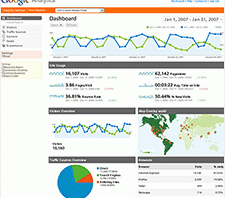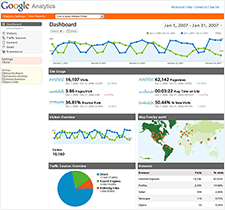 Ever created a group chat and then had to remove someone from the conversation?
Ever created a group chat and then had to remove someone from the conversation?
Sure, you can just start a new chat and leave them out of the invite, but now you have two chat histories, two chat groups with the same topic, and more.
Turns out that Skype has some hidden commands that you can use ala IRC.
Specifically, to boot someone from a group chat, type:
/kickban skypeusername
This will remove the specified skyper user from the group chat and prevent them from getting back in. Please note that you need to type their username, not their display name. You can find their username by hovering over their display name in the contact list or viewing their profile.
Everyone in the chat – including the person you just booted – will see a message that you have ejected and banned said user, so it’s not a secret, but it does the job.


